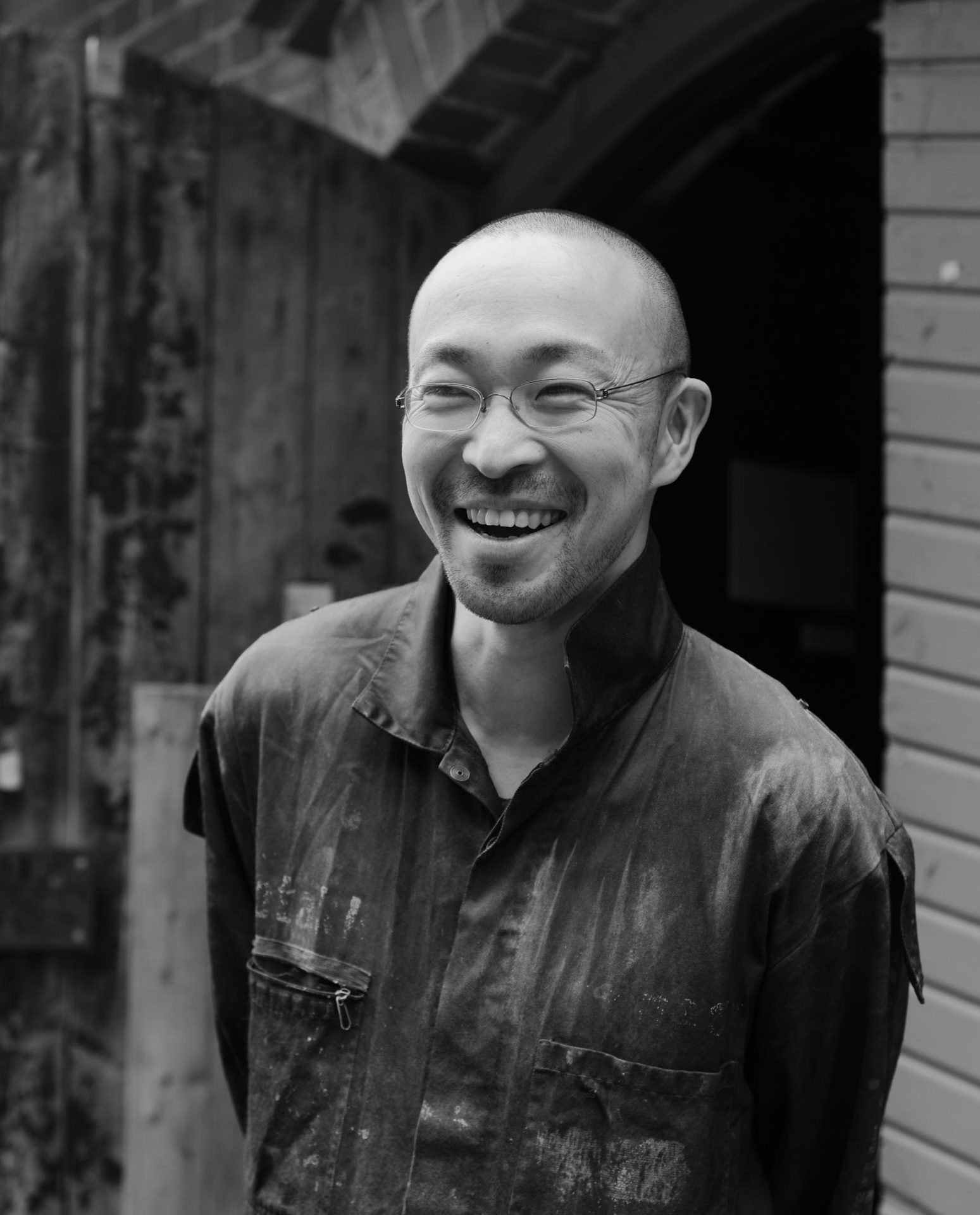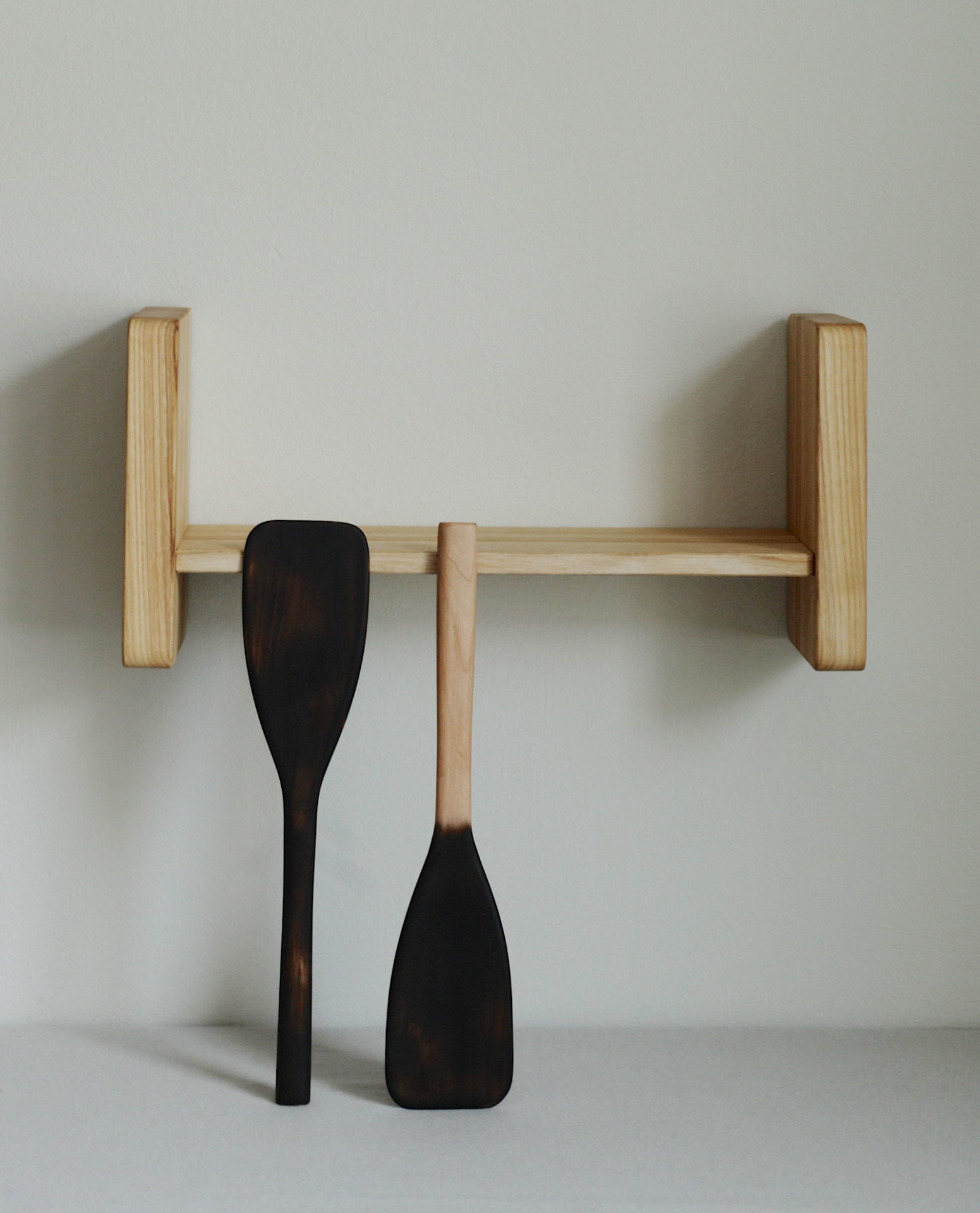Lokal Creators / Yoshimasa Yamada
Yoshimasa Yamada’s work has been presented and sold at Lokal from the very early years. We are always intrigued to discover his newest beautiful innovations, and we carry a wide range of his products at the Annankatu store, and it is with pleasure that we share with you this interview.
Lokal: Tell us a little about yourself and your work.
I am a Japanese woodworker, architect and PhD student. I was born and grown up as a city boy in the suburbs of Tokyo. After graduating with a Bachelor’s degree in applied physics in Japan, I moved to Finland to study architecture at Tampere University of Technology. During architecture studies, I already started practicing cabinetry in Fiskars. Since 2012, I have designed and made wooden articles, furniture and buildings in my own company UUP (“puu” i.e. wood / tree in Finnish, written backward) which is based in the Billnäs village now. The topic of my PhD research which I am currently doing is the usage value of vacant log houses and possibilities of their reuse. I think about Finnish wood culture with my head and hands.
L: How do you design your works?
An inspiration or idea comes often through daily working with wood in the workshop. Traditional carpentry is also one of the important sources of ideas. I let such ideas rest in the drawers of my brain for a long time.
I use my hands a lot in designing utensils and furniture, instead of intentional thinking with my brain. Before making a clear plan of design, I start to make mock-up models, criticise them and make new ones. I just make and make until it’s complete.
I feel joy when I succeed in reviving the character of a tree in my work. The outhouse where knot holes of fir work as the windows and the Saarni C furniture series made of serpentine ash are such works in which I could change the negative characters of trees into positive ones.
L: Which one of your artworks or products is your own favourite?
Among the small articles which are available at Lokal, for example the shoehorn and the butter knife are my favorites. Their shapes have developed for years. Now they look like just a shoehorn, a butter knife or a piece of tree and work well as utensils.
L: Which production principle is important to you?
My attitude to working is strongly influenced by Kanjiro Kawai, Shoji Hamada and Bernard Leach, the leading potters of the “Mingei”(*) movement, as well as the industrial designer Sori Yanagi. They worked with their hands quite a lot and pursued anonymous beauty in everyday, ordinary and utilitarian objects which can be found from unknown craftsmen’s work. Such objects are simple, faithful, healthy and, however, free. I try to do the same kind of work as them in my own way.
A sushi master chef chooses a proper part of the fish, treats it as simply as possible and takes advantage of the raw material. The aim of my work is to treat wood as simply as the preparation of sushi, and to keep the nature of the tree alive. One of my customers has told me that my furniture looks like a tree. If people feel nature behind my works in their daily lives, that would be a great pleasure for me.
* The Japanese folk art movement which was developed in the late 1920s and 1930s in Japan.
Purchase his products which are available online here.





